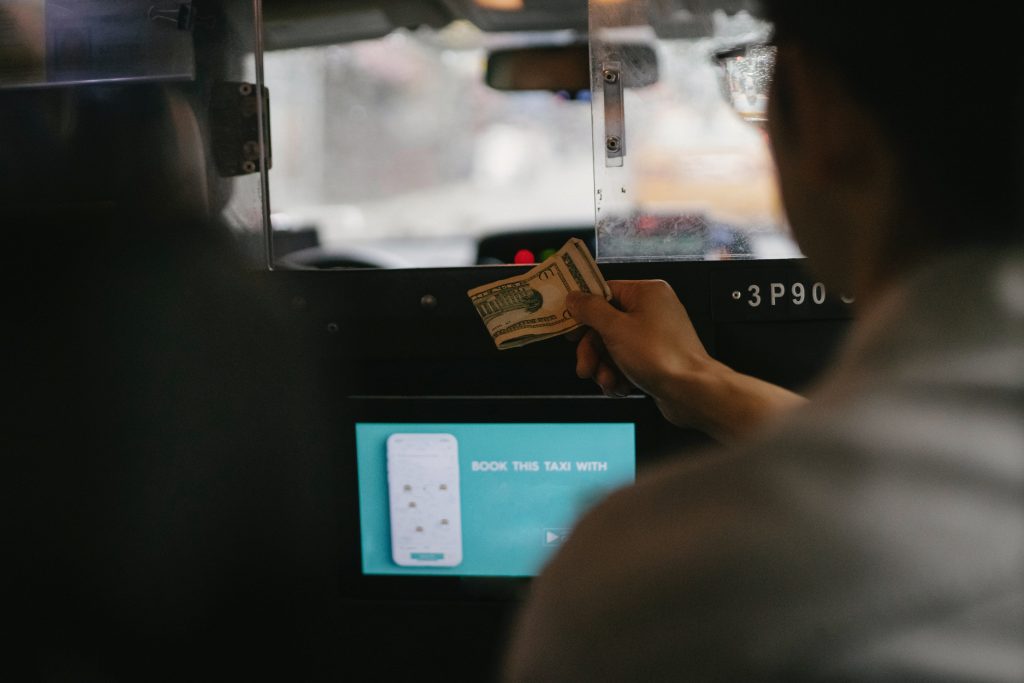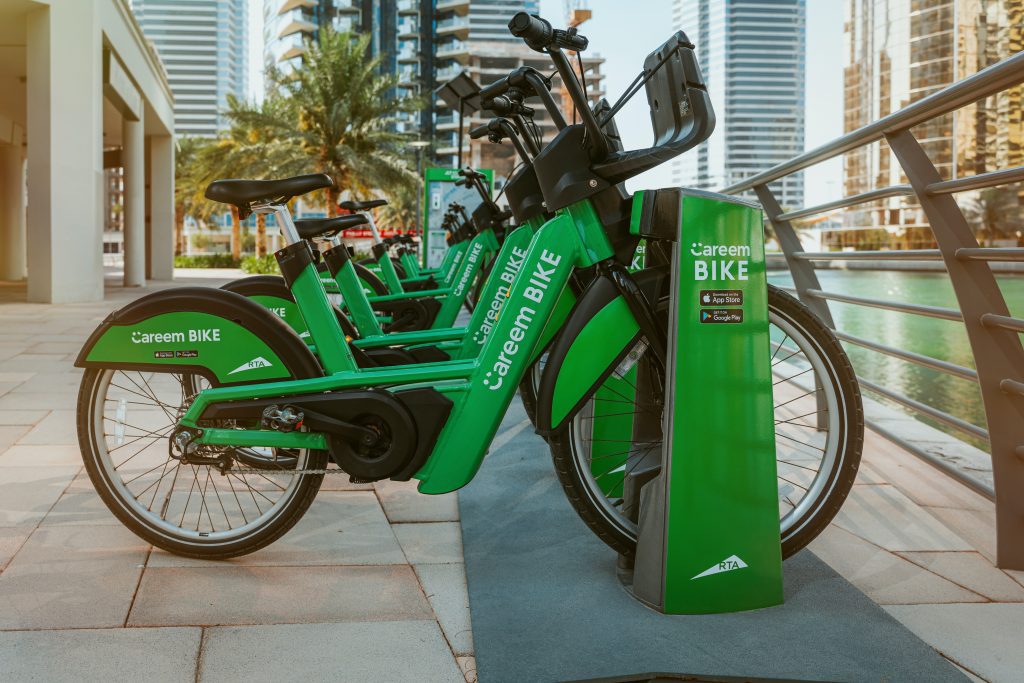When it comes to getting around town, ride-sharing apps have become the new go-to option for many people. They’re more affordable than traditional taxis, and they offer a convenient way to get where you need to go without having to worry about parking or hail a cab. With so many options available, choosing the right ridesharing app can be tricky. To help you out, we’ve put together a guide comparing the most popular options.

Features Of The Ride-Sharing App
Many people are familiar with ride-sharing apps like Uber and Lyft. These apps allow users to request a ride from a nearby driver using their smartphone. The driver then picks up the passenger and takes them to their destination. Ride sharing apps have become increasingly popular as they offer a convenient and affordable alternative to traditional taxis. However, there are some essential features that all ride-sharing apps must have to succeed.
First and foremost, a ride-sharing app must be easy to use. Passengers should be able to request a ride with just a few taps on their phones, and drivers should be able to quickly navigate to pick-up and drop-off locations. The app should also provide accurate estimated arrival times so passengers can plan their trips accordingly.
Secondly, the app must be safe and secure for passengers and drivers. All personal information should be encrypted, and the app should include features like two-factor authentication to prevent unauthorized access. In addition, the app should have a robust system for matching passengers with nearby drivers so that everyone feels comfortable and safe during their ride.
Finally, a ride-sharing app must be affordable for passengers and drivers. Fares should be transparent so that users know exactly how much they will pay before they request a ride. In addition, the app should offer promotional discounts or loyalty programs to encourage repeat usage. By offering these essential features, ride-sharing apps can provide a convenient, safe, and affordable way for people to get around town.

Uber
Ride-hailing company Uber Technologies, Inc. provides peer-to-peer ride sharing, taxi cab hailing, food delivery, and bicycle sharing services. In addition to operating in 785 metropolitan areas worldwide, the company is headquartered in San Francisco.
Its platforms can be accessed via its websites and mobile apps. Uber was founded in 2009 as UberCab by Garrett Camp, co-founder of StumbleUpon and Travis Kalanick ( a former CEO). The service was launched in San Francisco in 2010.
The company changed its name to uber in 2011. In 2011, the services and mobile app were launched publicly in San Francisco after a beta launch in May 2010 Uber expanded rapidly throughout the United States and to other countries. In August 2014, they launched Uber Eats, a food delivery service.
The app allows users to request a ride with the tap of a button and track the progress of uber drivers in real-time. Payment is taken automatically from the user’s credit or debit card, making it a convenient option for those who don’t want to carry cash.

Uber Controversy
In 2017, France took Uber to court over the illegal operation of its ride-hailing services. Uber admitted that it had been operating without a license in France since 2014, and the company was fined €800,000. Despite concerns from other executives, Kalanick denied Uber drivers were vulnerable to violence during a protest in France.
However, this was not the end of the story. In 2019, France passed a law that officially banned Uber from operating. The law was designed to level the playing field between traditional taxi services and ride-hailing companies like Uber. However, Uber is lobbying against the law, and the company is currently still operating in France.
Lyft
Lyft is another popular ride-sharing app that is available in over 300 cities in the US. The app offers several features similar to Uber, including tracking your driver’s progress and paying for your ride with a credit or debit card.
Since its inception in 2012, Lyft has revolutionized the way people get around. By connecting riders with drivers through a smartphone app, Lyft has made it easier and more affordable than ever to get from point A to point B. What’s more, Lyft is constantly expanding its services to meet the needs of its riders.
In 2018, Lyft launched its scooter-sharing program in several cities across the United States. And earlier this year, the company announced plans to launch a self-driving car service in select markets. With its commitment to innovation and customer service, it’s no wonder that Lyft has become one of the most popular ride-sharing apps on the market.
Hailo
Hailo is a ride-sharing app available in several cities worldwide, including London, Dublin, and Barcelona. The app allows users to book and pay for rides with the tap of a button, making it a convenient option for those who want a quick and easy way to get around. Hailo also offers the ability to pay with cash, making it a flexible option for those who don’t want to use a credit or debit card.

Careem
Launched in 2012, Careem is a ride-sharing app that is similar to Uber. Headquartered in Dubai, Careem operates in over 90 cities in the Middle East, North Africa, and South Asia. In addition to providing a convenient way to hail a ride, Careem also offers other services such as food and grocery delivery. The app is easy to use, and customers can pay by cash or card.
Careem has been a game-changer in the ride-sharing industry, and its success is due in part to its commitment to customer service. For example, Careem offers 24/7 customer support, and its drivers undergo background checks and training.
In addition, the company has built up a strong brand presence through its aggressive marketing campaigns. As a result of its efforts, Careem has become the most popular ride-sharing app in the Middle Eas
Grab
Grab is the perfect solution if you’re looking for a convenient, affordable way to get around town. Grab is a ride-sharing app available in many cities around Southeast Asia, including Singapore, Kuala Lumpur, and Jakarta. The app allows users to book and pay for rides with the tap of a button, making it ideal for busy commuters or visitors to a city.
What’s more, Grab offers competitive rates and often runs promotional discounts, so you can be sure you’re getting the best possible deal. So whether you’re heading to work or exploring a new city, make Grab your go-to ride-sharing app.
Pros Of Ride-Sharing Apps
There are many reasons why people use these taxi alternatives. Still, the three most common reasons are: to avoid taxi regulations, the high cost of taxi fares, and the convenience of using a ride-sharing app.
Taxi regulations vary from city to city, but they typically include things like having a specific taxi license, commercial insurance, and a designated taxi stand. These regulations make it difficult for people who want to start their own taxi business, which is why ride-sharing apps have become so popular.
In addition, taxi fares can be pretty high, especially in larger cities. Ride-sharing apps offer a more affordable alternative that is often just as reliable.
Finally, these apps are more convenient than traditional taxis. They can be summoned with the click of a button, and users can see how long it will take for their driver to arrive. All of these factors have contributed to the popularity of ride-sharing apps.
Summing Up
So there you have it, our comprehensive guide to the top ride-sharing apps. We hope this has helped make your decision easier and that you choose the app that best suits your needs. If you have any questions or want more information on a specific app, let us know in the comments below. And as always, happy travels!
